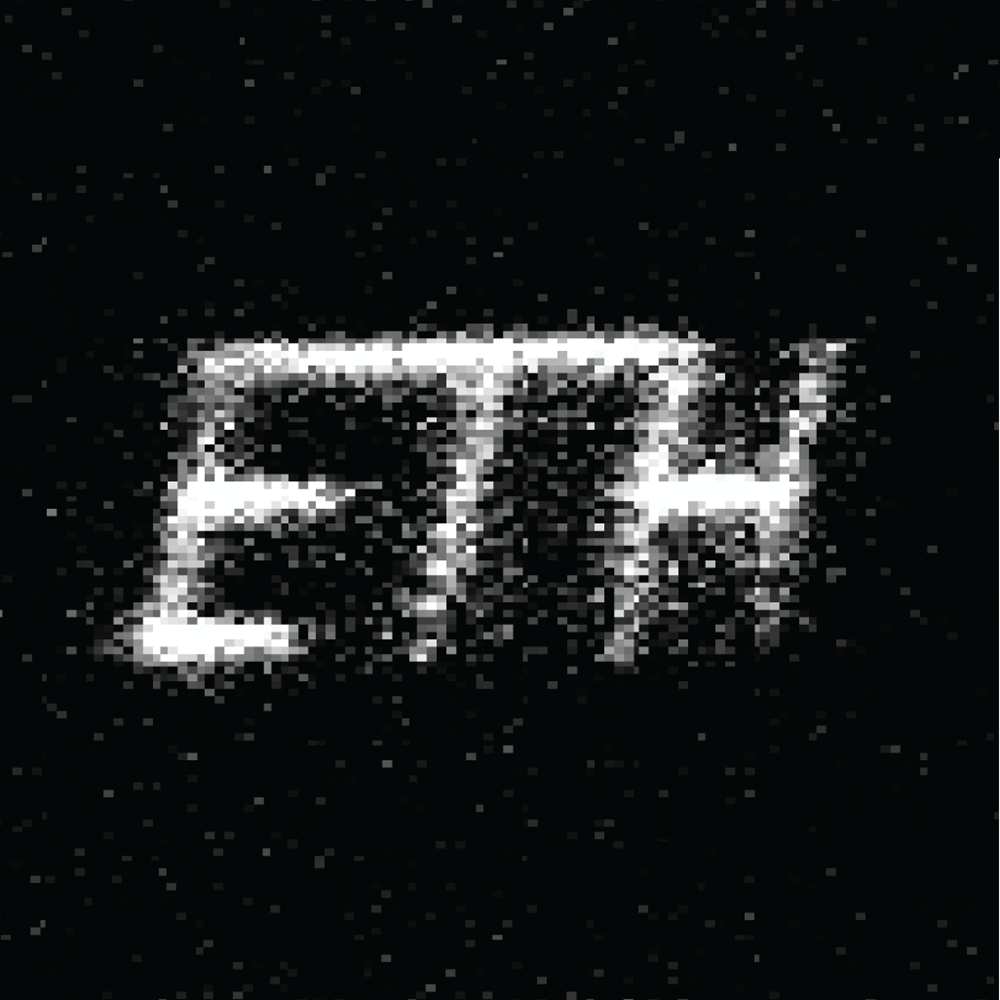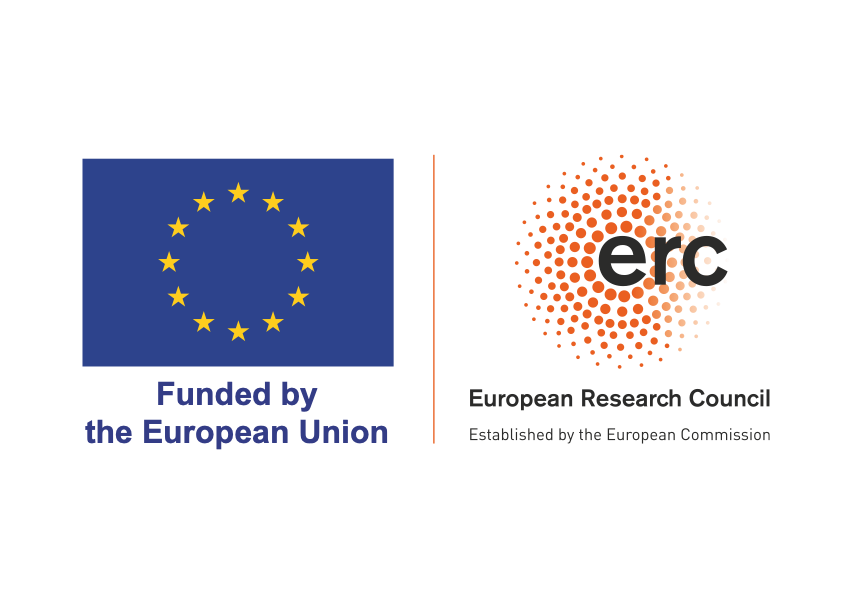Penning Micro-Trap Arrays
The goal of our Penning trap project is to investigate scalable quantum simulation and computation based on two-dimensional arrays of ions trapped in a cryogenic micro-fabricated planar Penning trap. A Penning trap differs from a radiofrequency (R.F.) trap (also known as a Paul trap) in that the former uses static electric and magnetic fields to confine charged particles while the latter uses a combination of static and oscillating electric fields. Paul traps have to date been the widely popular choice for trapped ion quantum information experiments, demonstrating high precision quantum control over around 50 ions in a single large trap. To go far beyond this number, multiple trap zones arranged over two dimensions will be required. The use of R.F. potentials, however, complicates this as the ions need to remain in areas where the R.F. potential forms a null which is inherently restricted to one dimension. Scaling into a second dimension requires a grid of intersecting one dimensional R.F. potential nulls which restricts the flexibility of the architecture and poses significant engineering challenges.
By dispensing with the restrictions imposed by the R.F. fields, the Penning trap approach allows trap sites to be formed anywhere within the homogeneous magnetic field, only limited by the ability to generate the desired static electric potential In our approach, static electric trapping potentials are generated by applying voltages to a 2-D micro-fabricated surface trap with the goal of forming a 2-D lattice of ions above the surface of the trap with each ion in its own potential well [1]. A further advantage is that the collective rotation of ions observed in all other single-site Penning trap experiments is absent.
We have demonstrated the proof-of-principle operation of such a trap [2]. By confining a single beryllium ion above the surface and dynamically reconfigured its’ position over a large area to draw the ETH logo (see figure 1). This reconfiguration capability will form the basis for a scalable trapped ion quantum computing architecture in two dimensions.
This research project has received funding from the ERC through a Consolidator Grant.
Current Team Members
Shreyans Jain, Tobias Sägesser, Dr. Pavel Hrmo, Matteo Simoni, Yingying Cui
References
[1] S. Jain, J. Alonso, M. Grau, and J. Home, Scalable arrays of micro-Penning traps for quantum computing and simulation, external page Physical Review X 10, 031027 (2020).
[2] S. Jain, T. Sägesser, P. Hrmo, C. Torkzaban, M. Stadler, R. Oswald, C. Axline, A. Bautista-Salvador, C. Ospelkaus, D. Kienzler, and J. Home, Penning micro-trap for quantum computing, external page Nature 627, 510-514 (2024)

